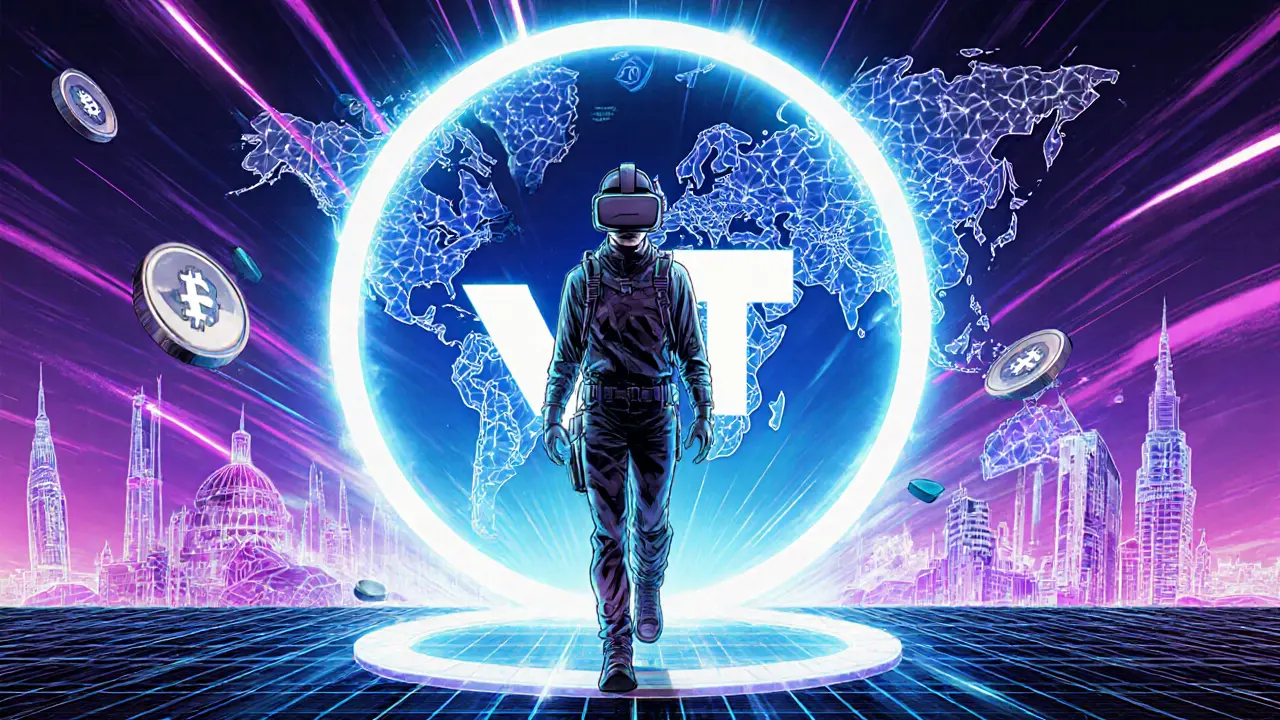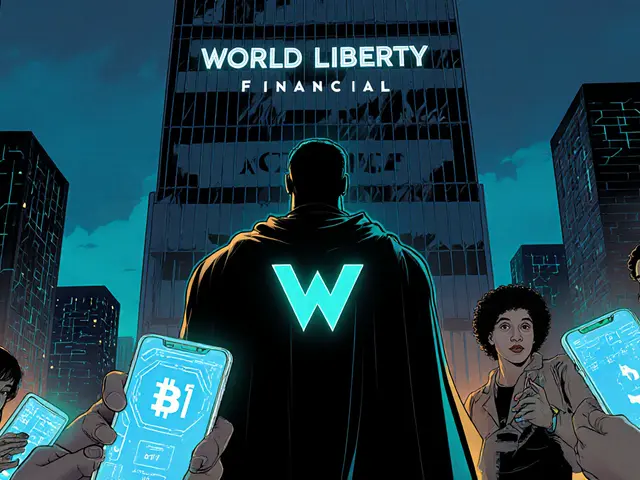VR Gaming: Where Immersive Play Meets Crypto
When exploring VR gaming, the blend of head‑mounted displays, motion tracking and interactive software that puts you inside a digital world. Also known as virtual reality gaming, it bridges the gap between traditional video games and fully immersive simulations. As the core of this tag, VR gaming offers a playground for developers, investors and casual players alike, letting you feel the virtual environment as if it were real.
Key Components Shaping VR Gaming
The hardware side starts with high‑resolution lenses, inside‑out tracking and haptic feedback controllers. Companies like Meta, HTC and Valve push pixel density and field‑of‑view, turning a living‑room setup into a personal arcade. Faster processors and edge‑computing clouds shave latency, making every swing, step or glance feel instant. This hardware backbone is what makes the immersive claim of VR gaming credible and fun.
Beyond the headset, blockchain, a decentralized ledger that records transactions without a central authority is becoming the backbone for digital asset ownership in virtual worlds. By anchoring in‑game items to an immutable ledger, creators can guarantee scarcity, provenance and true player ownership. This reliability opens the door for NFTs, non‑fungible tokens that represent unique digital assets to live inside a VR environment, letting you buy, sell or trade a rare sword, a custom avatar skin, or even a virtual piece of real‑estate with confidence.
The economic layer is driven by GameFi, a hybrid of gaming and decentralized finance that rewards players with crypto tokens. In a GameFi‑enabled VR title, every quest completed or objective achieved can generate a token payout, turning playtime into earn‑time. This model reshapes player motivation: instead of merely chasing high scores, users chase sustainable token economies, staking assets for yields or participating in governance votes that shape the game’s future.
All these pieces converge in the broader Metaverse, a persistent, shared virtual space where users interact, create and transact. VR gaming is often the entry portal to the Metaverse, giving users a visceral sense of presence before they explore social hubs, virtual concerts or collaborative workspaces. When a VR title supports cross‑platform avatars and interoperable NFTs, the line between a game and a social universe blurs, creating a seamless digital life.
Challenges remain, though. Motion sickness, high equipment costs and limited content libraries can hold back mass adoption. On the blockchain side, gas fees, scalability and regulatory uncertainty still pose hurdles for developers trying to integrate tokenomics. Yet advances like layer‑2 solutions, more efficient consensus algorithms, and lighter‑weight VR headsets are chipping away at these barriers, pointing to a future where VR gaming feels as natural as watching a movie.
Below, you’ll find a curated collection of articles that dive deeper into each of these pillars – from headset reviews and NFT marketplaces to GameFi strategies and Metaverse roadmaps. Use them to sharpen your knowledge, discover new tools, and stay ahead in the fast‑moving world of VR gaming.




